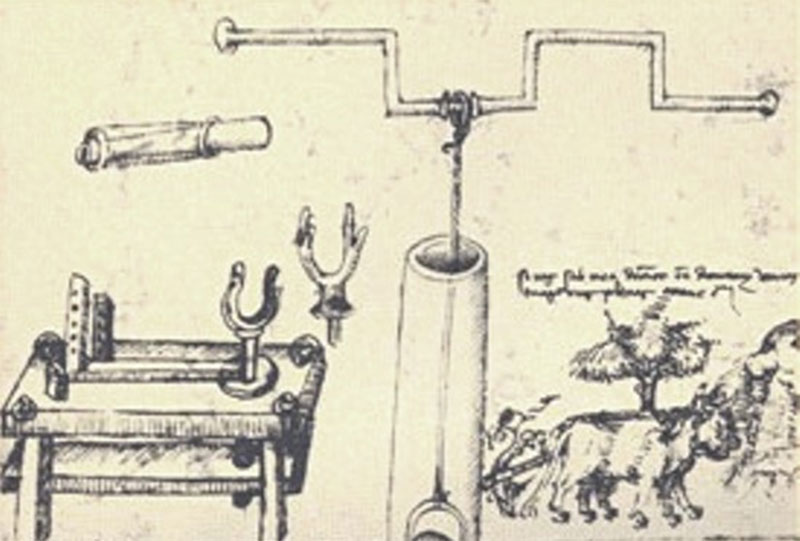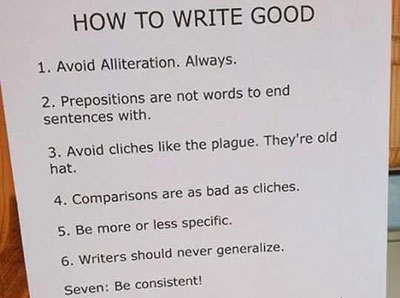
We’re continuing our look at the guidelines that define the standards for the US Plain Writing Act of 2010. This legislation mandates that public communications must be written in clear, everyday language and is only legally binding for federal employees acting in their official capacity. However, the principles set forth in the guidelines are essential for anyone (individual or committee, public servant or private company) who wants to create written content that allows readers to find, understand, and use the information they need.
Get a free sample proofread and edit for your document.
Two professional proofreaders will proofread and edit your document.
We’ve spent some time on the first two of the Act’s guiding principles, devised with the above goals in mind: plain writing and understanding your audience and plain writing and organizing your document. This time around, we’ll cover the next two: know and follow the mechanics, and consider the medium in which your writing will appear.
What exactly do we mean by “mechanics,” though? It’s the term that English teachers and other language professionals use to encompass what we might call the technical aspects of good writing: proper grammar, usage, and syntax deployed to maximize clarity of expression.
Although this topic takes up the largest portion of the official Plain Writing Act guidelines, I mention it only in passing here. Though the subject is quite wide-ranging, many of the key takeaways, such as avoiding the passive voice, reducing wordiness, and keeping antecedents clear, have been covered in earlier installments of this blog. Indeed, various rules and suggestions will look familiar to anyone who’s read the comments on any ProofreadingPal-edited project, and implementing them (and grammar rules) accounts for the vast majority of our day-to-day business.
Try ProofreadingPal for free to see what I mean.
“Medium,” when it doesn’t refer to a size or a psychic, means the platform or format via which you will communicate your message. Different media require different communication strategies. If you take content written for a printed pamphlet and slap it up on a web page unaltered—or use it as a script for a radio address, or as the copy for an informational poster—your meaning will not come across as clearly as if you were to adapt the text to suit the strengths of your chosen medium, whatever it may be.
Each medium has its own set of best practices. The PWA guidelines focus specifically on the particular demands of writing for the web, which makes sense given its historical circumstances. In the 2000s and early 2010s, federal agencies, which had long relied on paper forms and printed documentation, had reached a tipping point; websites had become the primary means for citizens to access official information on topics ranging from tax policy and voter registration to disaster relief and pet food recalls, and thousands of web pages were accordingly getting a long-overdue upgrade.
Effective writing for the web must take into account how users read websites—or, more accurately, how users don’t read websites. Large studies have shown that most users will visually scan a new web page for relevant information rather than go through it word by word, and may spend as little as five seconds looking at (not “reading”) a given page before deciding whether it’s useful and relevant. Typically, they’ll glance at the headings, and at the first two or three words of each bullet point—and if they don’t find what they’re looking for, they’ll click away.
This sounds pretty grim, on its face—real death-of-literacy stuff. But while it’s undeniable that the web has changed (probably forever) how we interact with the written word, knowing the nature of that change helps us continue to communicate effectively. We can formulate strategies for working with the ways people process online text, such as to break information into chunks, front-load the vital points, use informative headings and bullet points to guide the eye, and streamline your prose.

All of these strategies will be most effective if we can anticipate the needs and desires of users. This goes back to the fundamental principle of knowing your audience. If you know the nature and uses of the information the reader wants, you can better structure your work to make that information accessible.
This idea also feeds into the next and final principle of plain writing: Have a plan for testing your work. Clear communication is not just a matter of “I know it when I see it.” There are objective metrics and proven methodologies you can apply to evaluate the effectiveness of your messaging. We’ll discuss these in detail next time. See you then!
Jack F.
Get a free sample proofread and edit for your document.
Two professional proofreaders will proofread and edit your document.
Get a free sample proofread and edit for your document.
Two professional proofreaders will proofread and edit your document.
We will get your free sample back in three to six hours!